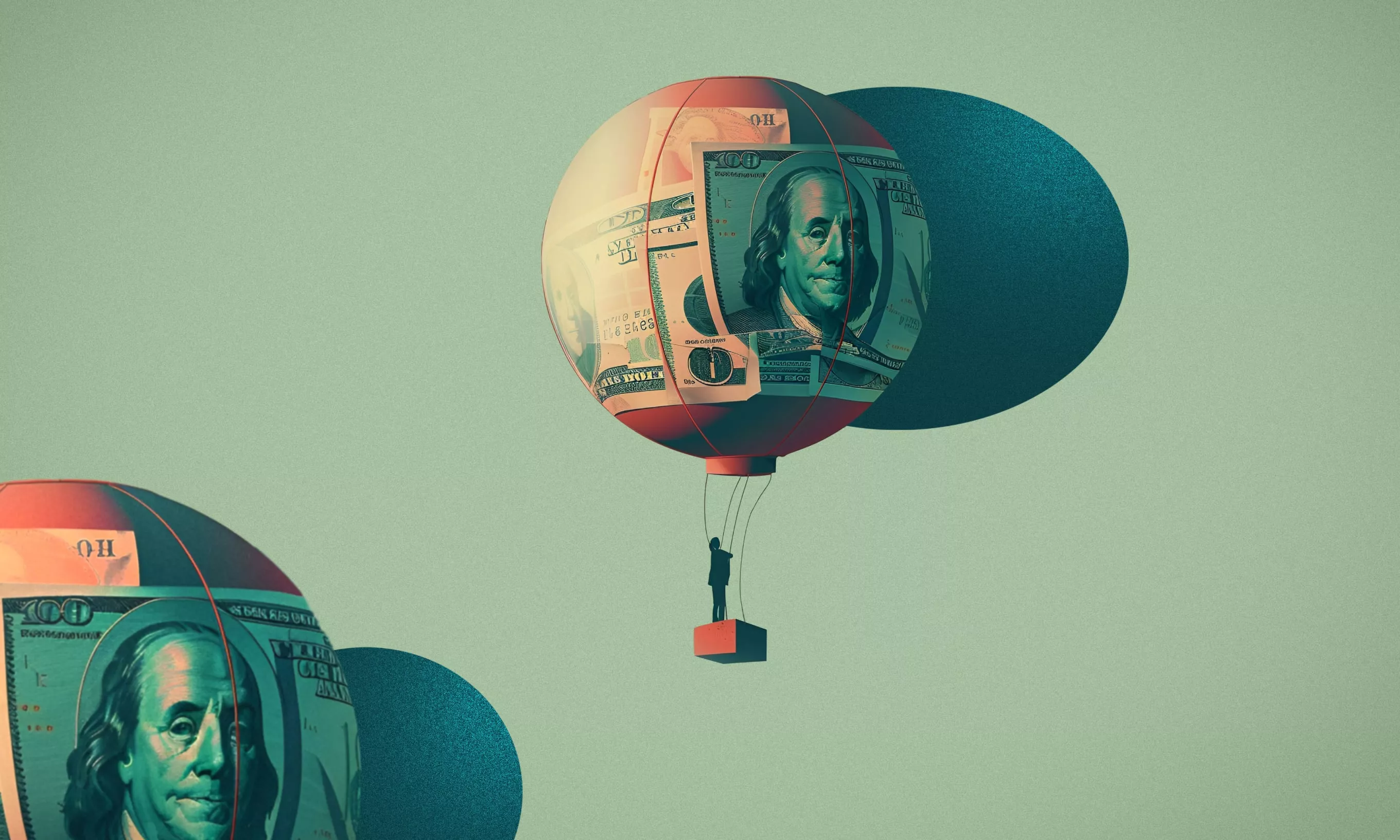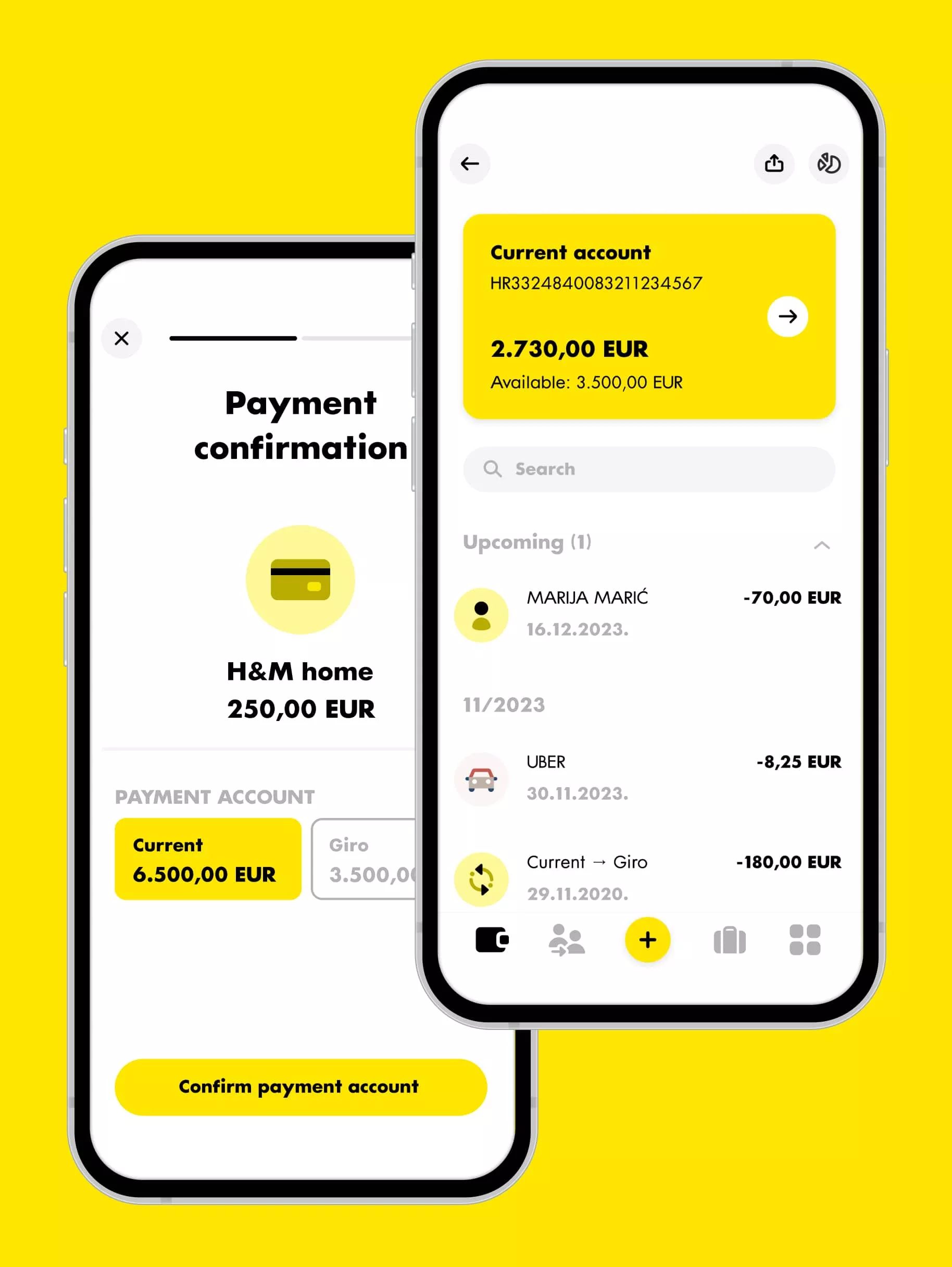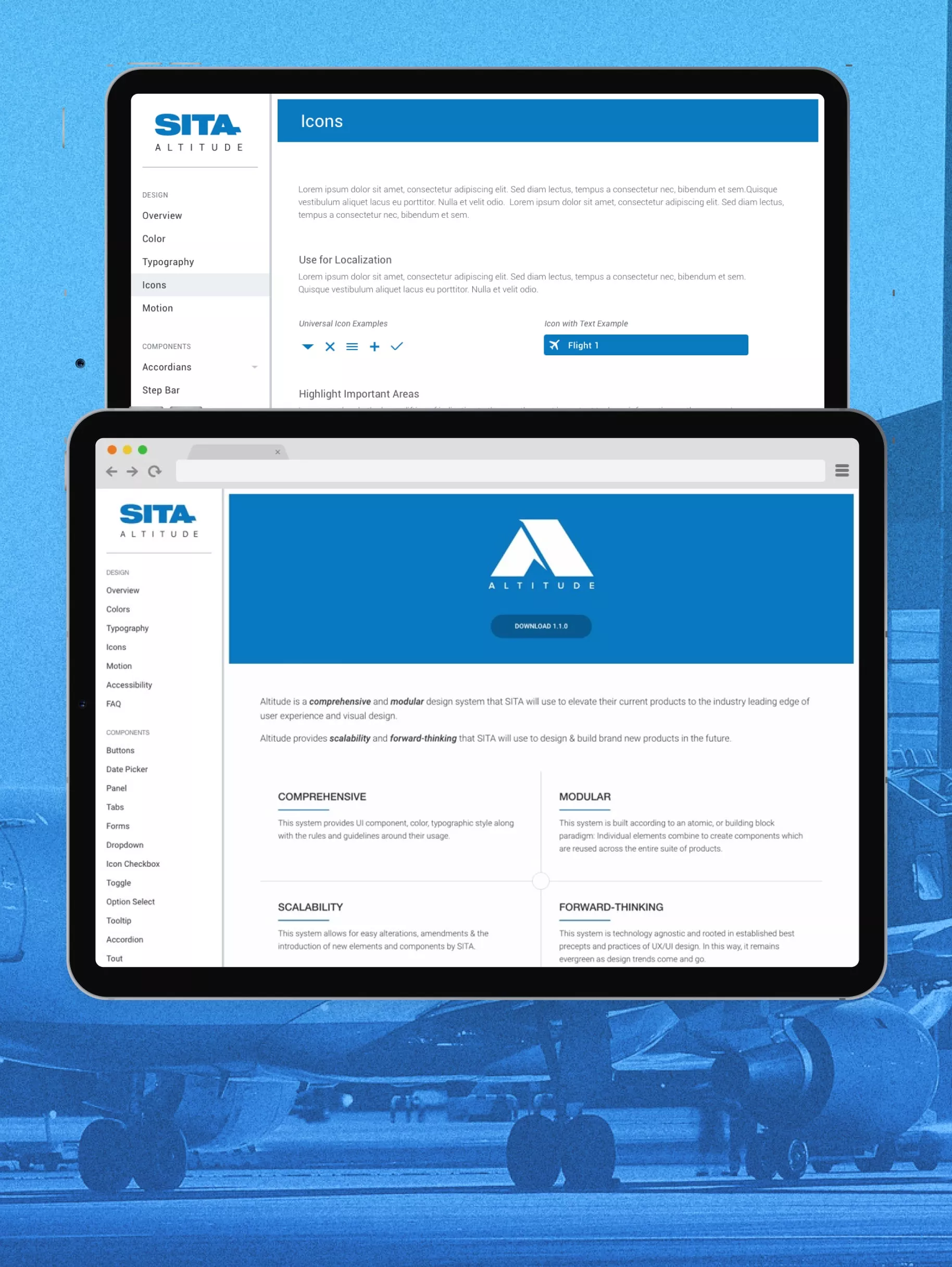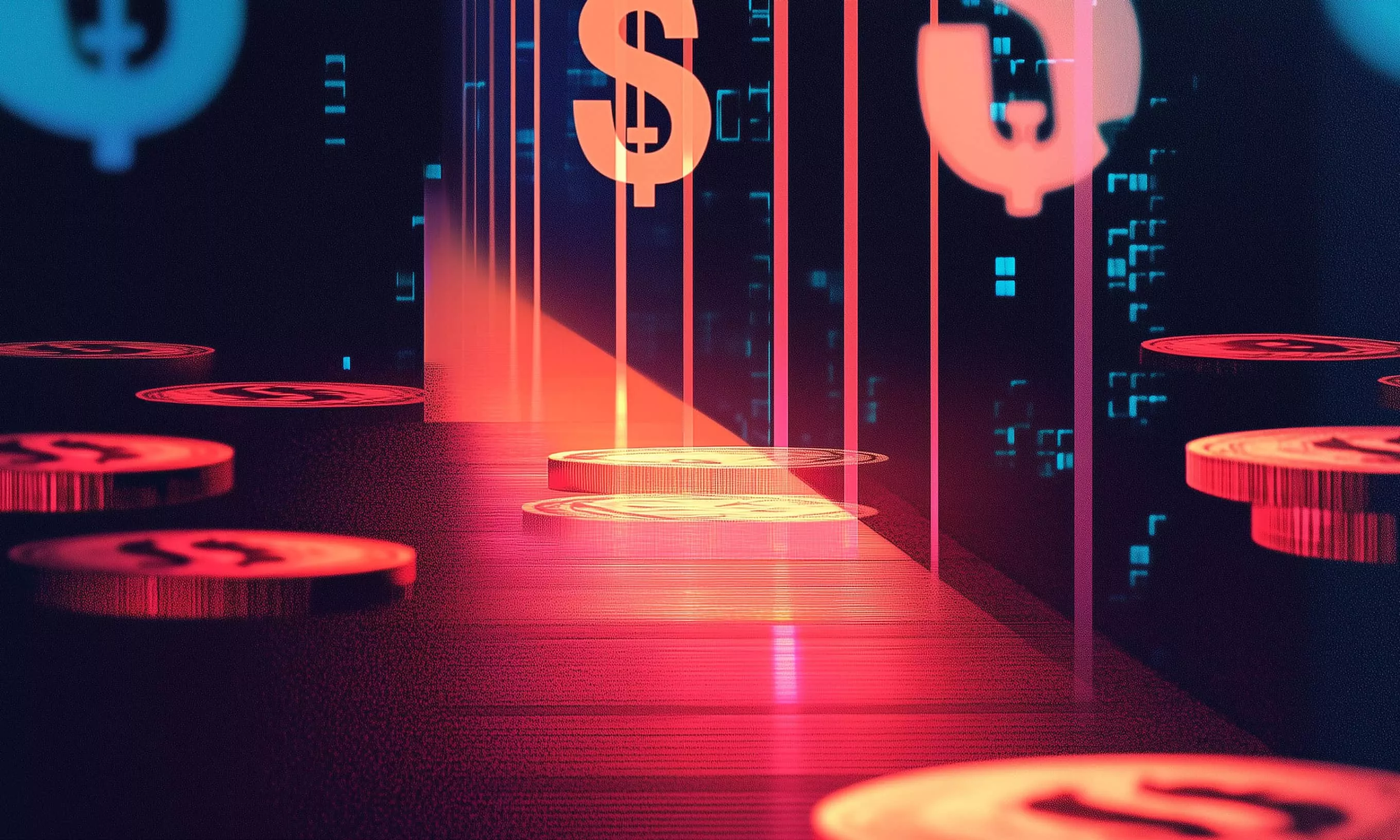Whether you’re picking a holiday destination, buying almond milk, or investing in a new digital product, the principle is always the same – you want the most value for your budget. Since we deal in the latter, here are some tips for maximizing your budget with a digital agency.
Of the many goals in a client-agency relationship, perhaps none is more important than maximizing the annual budget. Not only does it help the client get the most for their money, but it helps keep agency teams motivated and inspired, leading to the best work possible.
And that’s exactly what we’ll dive into here. We’ll provide actionable strategies to help you get the greatest value from your digital agency partnerships.
Through our years of experience, we have learned a few things that will help you get the most out of your budget. And we’re still learning. One size does not fit all, and we always want to hear how you like to work, and how we can reach the collective goal in the best way.
Understanding the client-agency relationship
The success of a client-agency relationship is no different than a successful relationship you have with a friend, family member, or co-worker. Sure, there are more people involved, but the keys to success remain the same: good-natured mutual understanding, trust, and clear communication.
We have to know where you’re coming from. You have to let us know what you want and when you aren’t getting what you need.
A lack of communication can lead to missed deadlines, wasted money, and emergency meetings in the evening or on weekends. We all have been in a place where poor communication has led to below-average or even disastrous results. That’s a place no one wants to be.
It’s important to establish clear expectations and align on goals from the very start. Both sides need to know the starting point, the finish line, and how the race is going to be run.
One of the first things we need to align on is the engagement itself. Perhaps you have the ability to execute, but you’re looking for a digital strategy. Perfect, we can do that. Maybe you have strategy handled but need design and engineering to bring it to life. Or you want all that and post-launch optimization and growth. If you’re not entirely sure, we’re happy to roll with the changes. We’re ready to go when you say go.
The better you can crystallize your needs up front when we write the scope of work, the better we are able to resource and plan the work so that you can maximize your budget.
An agreed-upon plan reduces operational fits and starts, and also makes it more likely a team can stay with the project as new phases are added. We understand you won’t always know if you’ll have the need or will be able to find the budget, but the more upfront planning we can do, the better.
Don’t shortcut discovery
It may be tempting to skip this step but discovery is not a “nice-to-have” phase. We know you know your business and have likely thought a lot about the project you are about to embark on, but not only does discovery allow a fresh set of eyes on the project, it allows the agency to find the project’s north star, establish priorities, and define what’s truly needed.
Sometimes, for a project that’s unclear or especially complex, it’s necessary to hit the pause button and do a standalone discovery phase to get to an accurate budget before the project moves too far down the tracks. Doing so does not mean the agency’s lazy, nor is it a way to add to our fees.
Discovery is not only the best way for us to get our arms and minds around a project, it’s a chance to hear from you what the priorities are and reveal which features are essential and which might be nice-to-haves.
The discovery workshop, where we all sit together, will help us stay on time and on budget. Yes, it may mean adding time to the schedule and dollars to the budget. But gaining clarity and alignment on requirements early usually removes problems and roadblocks down the line. It can be a time and a money saver in the long run, and nearly always results in a better product.
We all want the same thing, and that same thing begins with discovery.
Be crystal clear on your objectives
Hand-in-hand with discovery is the establishment of clear goals.
The more we understand what you need from your project, the more we can set the right coordinates and get the team rowing in the best direction.
Do you want to increase shopping cart size? Reduce home page bounce rate? Obtain more leads from your contact page? Differentiate your brand in comparison to your direct competitors? Communicate your sophistication through design? Break into the app space to meet a new customer need? Automate customer service to be more efficient? Some or all of the above?
Let’s work together to identify what needs to be done, get it on paper, and align before we get going. This is the north star we talked about above, and it helps speed processes, boost team morale, and limit spin cycles.
Embrace effective communication strategies
Another way to ensure that the project stays on budget is to make sure communication is clear. Both client and agency benefit from standardized communication methods. If your company allows it, we’ve found it’s best to use the agency-recommended tools and platforms to facilitate efficient communication.
Good agencies have usually fine-tuned their systems for each part of the design and build process – whether it’s discovery interviews, daily communications, file sharing, or reviews of designs or prototypes.
Unless your company is commonly involved in these activities, the odds are your technology stack won’t be as optimized as the one operated by the agency. (If not, that’s fine too. We know that every client is different. We’ll do our best and make sure to ask the right questions and find the right methods so that we’re not missing any messages.)
Agreed-upon schedules also help to make communication as effective as possible and ensure a smooth project flow that stays on budget.
Schedules can shift sometimes, but if we all know where we are in the process, the need to circle back, reground, or revisit won’t cause the project to slide, especially as that slide can lead to budget overages.
The key words here are “agreed-upon.” Make sure everyone who has a stake in the outcome is in agreement from the outset, or you risk setbacks that add hours to the project and dollars to the bottom line.
Be strategic about feedback and collaboration
Feedback is best given candidly and constructively. Give it to us straight. It’s the best way for us to understand your needs and expectations to stay on schedule and budget.
But…you did hire the agency for a reason. And there’s the conflict, right?
You may have created a vision in your head of what this project would look like and what the end product would be, but you also want the agency to blow your mind, to create something greater than you thought possible. And that’s what we want to do. So there needs to be a mutual trust (there’s that word again) between the client and the agency.
Give the agency breathing room. Agency teams are made up of different types of people who may see the world differently, and that’s a benefit when it comes to your project.
Sometimes what looks like a step back is actually a regroup or new calibration that’s leading to faster or better steps forward.
We’ll make sure not to get defensive about criticism. We’ll absorb it, filter it, and then execute against it. You have real business and strategic goals, so we won’t fight for art’s sake. But it’s our duty as your agency to bring work that we believe will make the project better.
Got an idea that is intriguing but unproven? Consider an MVP
Sometimes you know what you need and, as we noted above, we can build out a scope that contemplates all the phases of a given project. Other times, the full requirements may be unclear. Or, there may be issues obtaining more budget absent evidence of success. One strategy to utilize may be a minimum viable product, or MVP.
An MVP allows for testing ideas and demonstrating value before committing to a larger budget.
We can help with prioritization. Helping you filter out the most important elements and making sure the budget is right-sized helps us get you into the market more quickly and efficiently. Let’s be realistic and transparent about what this project can be.
Build with the future in mind
Another way to manage your budget is to build projects that are scalable. Doing so might cost a bit more upfront, but investing early can save you money down the road. Pick the right platform, use discovery to define and plan for later phases, construct the rough architecture, and budget for the future at the same time.
Let’s get to work
We’ve reached the end of the article but, hopefully, the beginning of your project.
And when that project does start, here is a quick refresher on some of the key points to keep in mind.
- Understand the agency/client relationship
- Embrace discovery as vital
- Set the objectives early
- Practice effective communication
- Be strategic about feedback and open to collaboration
- Consider an MVP in certain situations
- Build for scale
By applying these strategies not only can you maximize the value of your annual budget, you can maximize your relationship with digital agencies. And, hopefully, build a great product and maybe even have a lot of fun in the process.
Tyler Campbell is a creative director with nearly 20 years of experience working for some of the top agencies in the world, including DDB, Dentsu, Y&R, and VML. When he’s not unlocking a brand’s true potential, he enjoys golfing, debating which sports team has the best logo, and beating Google Maps’ estimated time of arrival.













